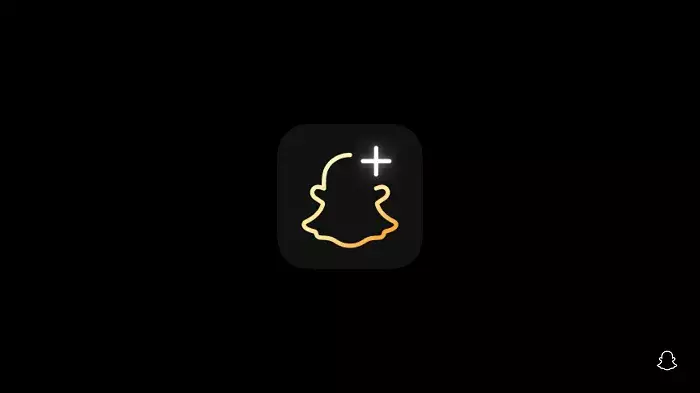Recently, Snapchat has made headlines with the quiet launch of a new tier for its Snapchat+ subscription service, dubbed “Platinum.” This move allows users the tantalizing option to experience Snapchat without the interruptions of advertisements, albeit at a considerably higher price point than the standard Snapchat+ plan. As social media platforms increasingly look for ways to monetize user engagement without compromising user experience, this response from Snapchat could signify a broader trend in how digital advertising is perceived and navigated by users.
The timing of this release is intriguing, particularly in light of the ongoing legal scrutiny that Meta has faced in Europe regarding its own ad-free subscription model. Meta’s initiative to comply with European Union regulations hints at a growing awareness among users about the implications of targeted advertising. Snapchat’s decision to offer a premium, ad-free experience might be its way of capitalizing on this emerging sentiment among users who are weary of aggressive advertising.
The distinguishing feature of the Platinum Snapchat+ subscription is its promise of an ad-free experience. Users can enjoy Snapchat without “Sponsored Snaps” or ads found in Stories and Lenses. However, it’s critical to note that certain types of advertising will still permeate the experience. Users may still encounter advertisements through sponsored locations and within My AI responses, which slightly diminishes the allure of a completely ad-free experience.
This selective elimination of ads suggests that Snapchat is trying to strike a balance between user satisfaction and its revenue model. By creating a tiered approach to subscriptions that allows for both ad-supported and ad-free options, Snapchat is hedging against the potential loss of revenue that a fully opt-out system could lead to. The decisive question remains: how many users are willing to pay a steep price to escape ads, especially knowing that some advertisements will still pop up in certain contexts?
While the Platinum plan presents an appealing alternative for a premium price, it raises legitimate questions about market demand. The subscription is priced at more than double the standard Snapchat+ plan, which may alienate a significant portion of the user base who are accustomed to free access. Although 12 million Snapchatters currently subscribe to Snapchat+, significant uptake of the more expensive Platinum tier is uncertain.
Furthermore, the average revenue per user (ARPU) for Snapchat reveals that charging $US10 monthly might exceed the revenue generated from ads for many users. This could create a paradox where Snapchat reluctantly generates more revenue but simultaneously diminishes its ad reach. If a substantial number of users choose to subscribe to the Platinum plan, Snapchat finds itself in a precarious position where its traditional revenue streams might shrink significantly.
The recent movements in the social media subscription landscape invite comparisons to Meta’s ongoing struggles to legitimize its ad-free offer. Meta’s subscription was created in response to EU mandates, and while it sought to maintain profitability, it faced backlash from EU advisory groups for seemingly undermining the protections intended by GDPR regulations. Snapchat’s approach, particularly its muted launch of the Platinum tier, may signify a cautionary strategy, as it watches how Meta navigates its legislative hurdles.
This contextual background adds layers of complexity to Snapchat’s decision to introduce a higher-tier subscription. As social media companies grapple with how to balance user satisfaction with advertising revenue, Snapchat may be positioning itself as a more considerate platform, appealing to users who prioritize their ad-free experience.
Despite its bold maneuvering with the Platinum subscription, the real test for Snapchat lies in its acceptance among its user base. As advertising loses its allure and becomes a point of contention, users may seek alternatives that align more closely with their preferences. The trajectory of this new offering will depend not only on user uptake but also on how Snapchat navigates the fine line between maintaining revenue from advertisements and satisfying a segment of its audience that desires an uninterrupted experience.
Snapchat’s introduction of the Platinum subscription reflects changing user expectations in the digital advertising landscape. Whether this experiment proves successful remains to be seen, but it undoubtedly sets the stage for future discussions on the evolving relationship between users, social media platforms, and advertising.

